Almost all flats in England and Wales are leasehold, as are many houses.
As a long leaseholder (tenant under a long lease) you have bought the right to live in your property for a fixed number of years, typically for either 99 or 125 years. Once the lease expires the property will revert to the landlord unless either:
- The freehold is purchased (enfranchisement)
- The lease is extended
- Rights to stay on in the property as a renting tenant are exercised.
Your lease is important and you should make sure you have a copy. It's a private contract between you and your landlord and sets out the rights and duties of both landlord and the leaseholder.
For flats, where the freeholder owns the building, a common arrangement is that the freeholder is responsible for keeping the structure in good repair, maintaining and cleaning any common parts, recovering these and any management costs through a service charge levied on the leaseholders.
For houses, it's common for a tenant under a long lease to carry all responsibilities for repairs to the house.
It's important to remember that not all leases are the same and you should refer to your own lease (if necessary with the help of a professional adviser), to work out both your own obligations and those of your landlord.
See leaseholders rights and responsibilities for further information.
Leasehold survey
The leasehold survey is now closed. Thank you to those who have taken part.
Leaseholder advisory service
The Leasehold Advisory Service, is an Executive Non Departmental Public Body (ENDPB) funded by Government to provide free legal advice to leaseholders, landlords, professional advisers, managers and others on the law affecting residential leasehold in England and Wales.
